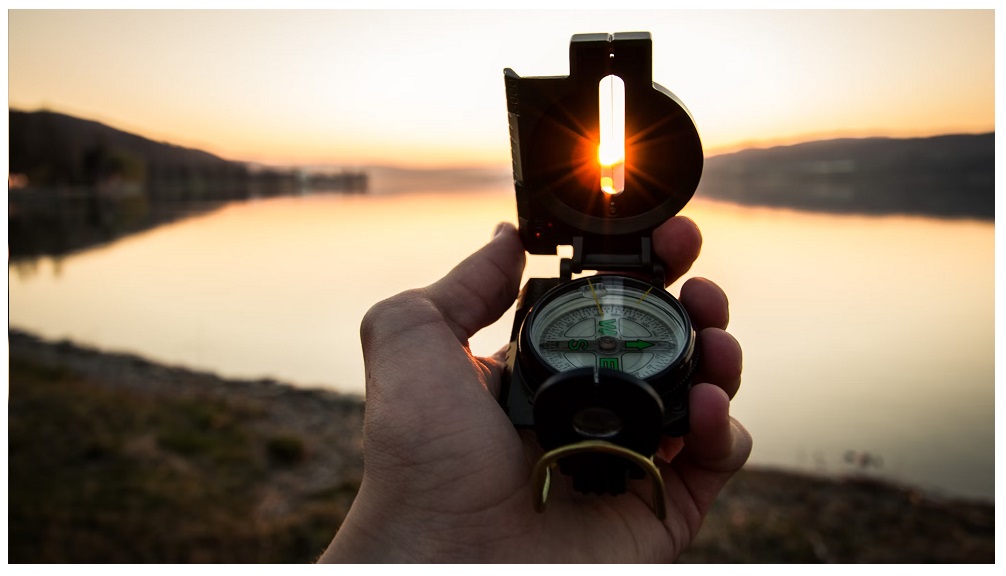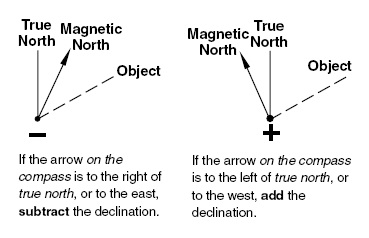How to use a Compass
Mastering Compass Navigation
Learn the basics of compass navigation, including understanding the parts of a compass, finding north, orienting a map, adjusting for declination, and using a compass with a map for accurate navigation in outdoor settings.
Introduction to Compass Navigation
A compass is an indispensable tool for determining direction by utilizing the Earth's magnetic field. Outdoor enthusiasts, hikers, and navigators rely on compasses to stay on track during their adventures, enhancing their connection with the natural environment. Mastering the skill of using a compass not only aids in navigation but also fosters a deeper appreciation for the wilderness.
Compass navigation is a versatile skill that can be applied in various scenarios, from hiking in dense forests to trekking across vast deserts. For example, a hiker exploring a dense forest can use a compass to navigate through winding trails and thick vegetation, ensuring they stay on the right path and reach their destination safely. In contrast, a navigator crossing a barren desert can rely on a compass to maintain a sense of direction in the vast, featureless landscape, preventing disorientation and getting lost in the challenging terrain.
Moreover, using a compass opens a world of outdoor exploration and adventure possibilities. With a compass, individuals can embark on off-the-beaten-path journeys, discover hidden gems in nature, and challenge themselves with new and exciting terrains. By honing their compass navigation skills, outdoor enthusiasts can confidently embark on solo expeditions, lead group treks, and navigate through diverse landscapes with ease and precision, making the most of their outdoor experiences.
Understanding the Basic Parts of a Compass
When delving into the world of compass navigation, comprehending the essential parts of this indispensable tool is paramount. The baseplate, a foundational compass element, provides a sturdy surface for map reading and acts as a reference point for aligning the compass with geographical features. For instance, when using a topographic map in conjunction with a compass, the baseplate facilitates the smooth transition between the two tools, enhancing precision in navigation.

The direction-of-travel arrow on a compass is a vital indicator that guides adventurers toward their intended direction.
For example, when trekking through dense forests, hikers rely on this arrow to maintain a consistent heading, ensuring they stay on their planned route. The rotating bezels found on compasses are indispensable for aligning the device accurately with the cardinal points on a map.
This alignment is crucial for avoiding navigational errors, especially when venturing into unfamiliar territories where landmarks may be scarce or difficult to identify.
By understanding these components, outdoor enthusiasts can confidently elevate their navigation skills and embark on adventures.
Finding North Using a Compass
Locating north with a compass involves more than just observing the red end of the needle.
Understanding the concept of magnetic declination is crucial, and it varies depending on your location on the Earth's surface.
For instance, in locations east of the agonic line, magnetic north is to the west of true north, while in locations west of the agonic line, magnetic north is to the east of true north.
This variation underscores the importance of accurately adjusting your compass readings to compensate for declination.
Finding north using a compass requires a steady hand and a level position to ensure the most precise outcome.
For example, when holding a compass, it is recommended to keep it away from any magnetic interference, such as electronic devices or metal objects, that could affect the accuracy of the reading. Users can discern the correct north direction more effectively by maintaining a steady posture and allowing the compass needle to settle.
Remember, mastering finding north with a compass is foundational to successful navigation in various outdoor environments.
Orienting a Map Using a Compass
When orienting a map using a compass, it is essential to understand the relationship between the map and the compass to navigate accurately. Imagine you are in the wilderness and need to find a specific landmark marked on your map. By orienting your map with the compass and aligning its features with the compass's direction-of-travel arrow, you can accurately determine the direction you need to head towards. This process prevents you from getting lost and enhances your overall navigation skills.
Moreover, mastering the skill of orienting a map with a compass can be particularly useful in scenarios where visibility is reduced due to weather conditions or dense vegetation. By correctly aligning your map using the compass, you can confidently traverse challenging terrains without the risk of losing your way. This technique becomes especially valuable in situations where GPS or electronic devices may fail, emphasizing the timeless reliability of traditional navigational tools like a compass.

Adjusting for Declination
Understanding and adjusting for declination is crucial to avoid directional inaccuracies when using a compass for navigation.
Declination values, representing the variance between magnetic and true north, differ depending on the geographic location. For instance, the declination might be significant in some regions, requiring a precise adjustment to obtain accurate navigation readings.
To illustrate, consider a hiker in an area where the declination is 10 degrees east. Failing to correct for this declination could lead the hiker to veer off course by a considerable margin, potentially resulting in getting lost or missing a destination.
To make declination adjustments effectively, it is advisable to consult updated resources that provide the specific declination values for the area of travel. Topographic maps often display declination information. However, cross-referencing with online sources like the National Oceanic and Atmospheric Administration (NOAA) website ensures the most current data for adjustments.
By carefully aligning the compass based on the accurate declination value, users can enhance the precision of their navigation, ultimately leading to successful and confident exploration of outdoor environments.

Using a Compass in Conjunction with a Map for Navigation
When using a compass with a map for navigation, it is essential to understand the concept of taking bearings. Imagine you are hiking in the wilderness and want to determine the direction of a distant mountain peak. By aligning your compass with the map and taking a bearing, you can accurately pinpoint the direction you must follow to reach your destination.
This practical application of taking bearings not only aids in route planning but also ensures that you stay on track during your outdoor excursion.
Mastering map-to-ground navigation techniques is crucial for successful navigation in diverse terrains. For example, picture yourself at a trail junction and need to identify the correct path to continue your hike.
By combining your map-reading skills with compass use, you can confidently interpret and apply the map's details to the actual surroundings, enabling you to make informed navigation decisions.
This seamless integration of compass and map navigation techniques empowers outdoor enthusiasts to explore new trails and wilderness areas precisely and accurately.
Mastering Compass Navigation Techniques
Proficiency in using a compass provides the ability to explore new trails, wilderness areas, and challenging terrains and fosters a deeper connection with nature. By mastering compass navigation techniques, outdoor enthusiasts can enhance their outdoor experience and feel more confident navigating diverse landscapes.
For example, when hiking in a dense forest with limited visibility of landmarks, a well-practiced navigator can rely on their compass skills to stay on course and reach their destination safely.
Continued practice and application of compass navigation skills are crucial for individuals looking to excel in outdoor activities that require navigation proficiency. Regular exposure to using a compass in various terrains and scenarios sharpens one's ability to interpret maps, take accurate bearings, and adjust for declination effectively.
Through consistent practice, adventurers can build a solid foundation of skills that will serve them well in familiar and unfamiliar environments. For instance, a seasoned hiker who encounters changing weather conditions in the mountains can confidently navigate using a map and compass to find their way back to the trailhead.

Emphasizing the importance of combining technological aids with traditional navigation tools like a compass highlights the value of self-reliance and preparedness in outdoor adventures.
While GPS devices and smartphones offer convenience, they can fail due to battery issues or signal loss.
Therefore, integrating compass navigation techniques into outdoor excursions ensures a reliable backup for staying on track, especially in remote areas where technology may not be dependable.
By honing compass skills alongside modern tools, outdoor enthusiasts can navigate independently and accurately, enhancing their overall outdoor experience and safety.
/1004/site-assets/logo.png)
/1004/site-assets/phone.png)
/1004/site-assets/cart.png)
/1004/site-assets/dateseal.jpg)
/1004/site-assets/creditcards.png)